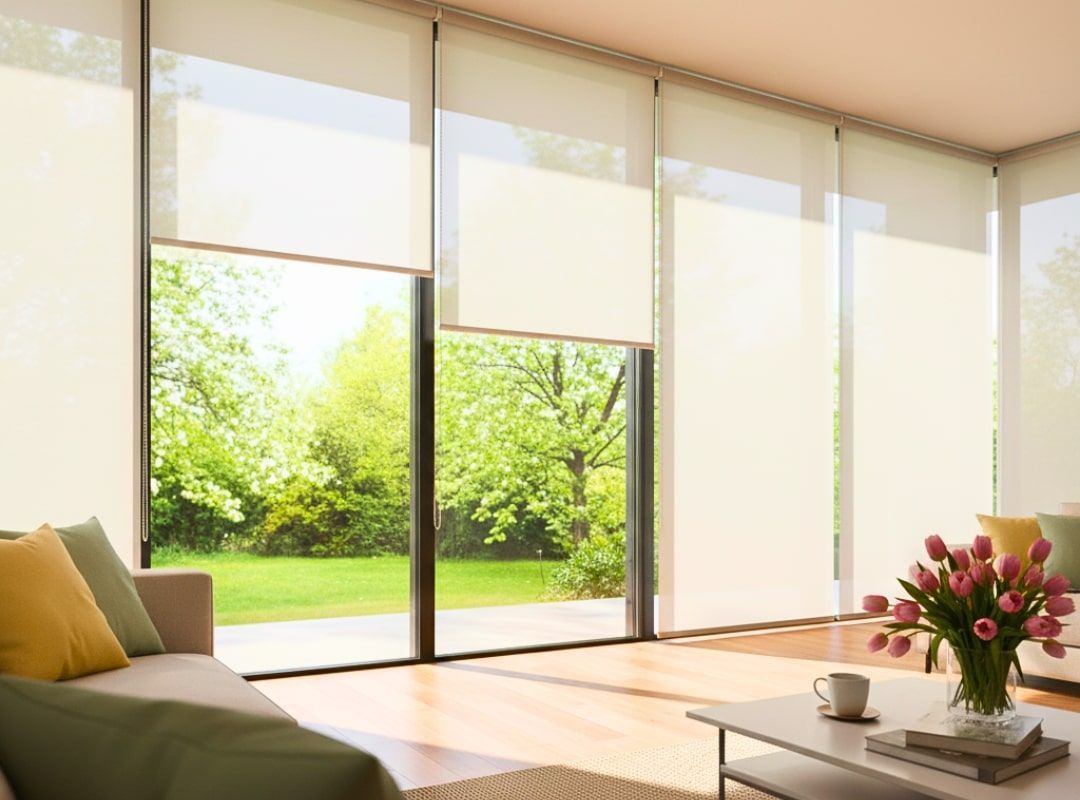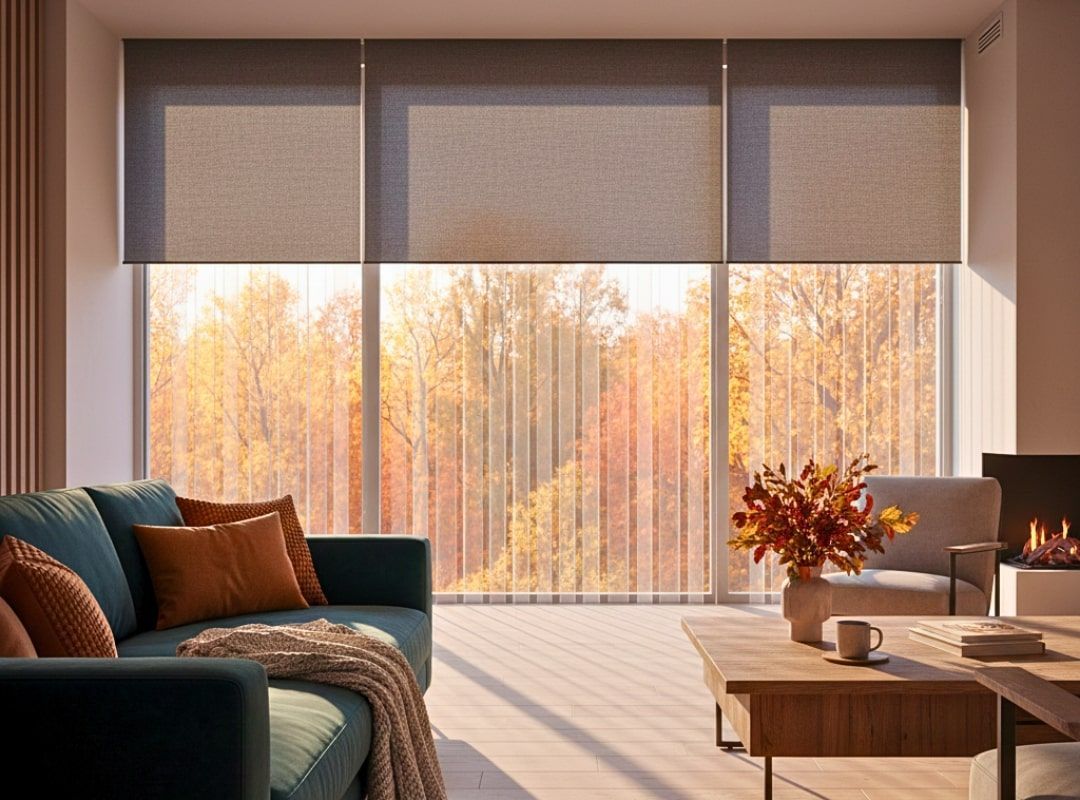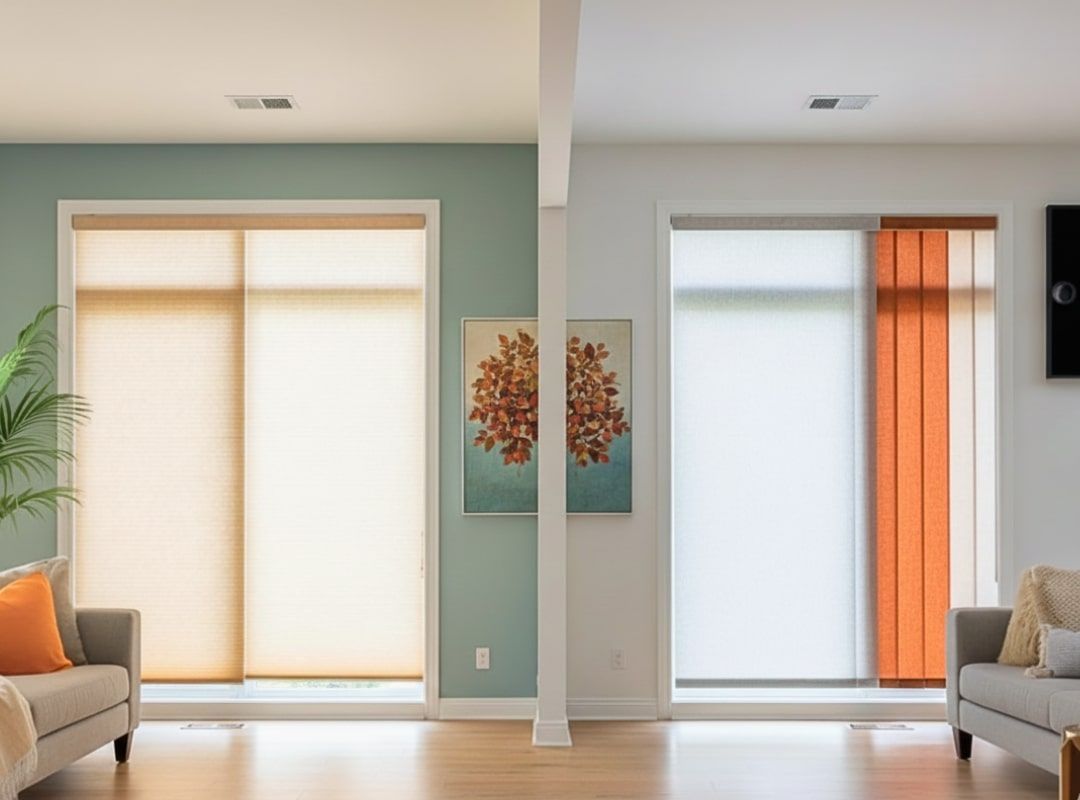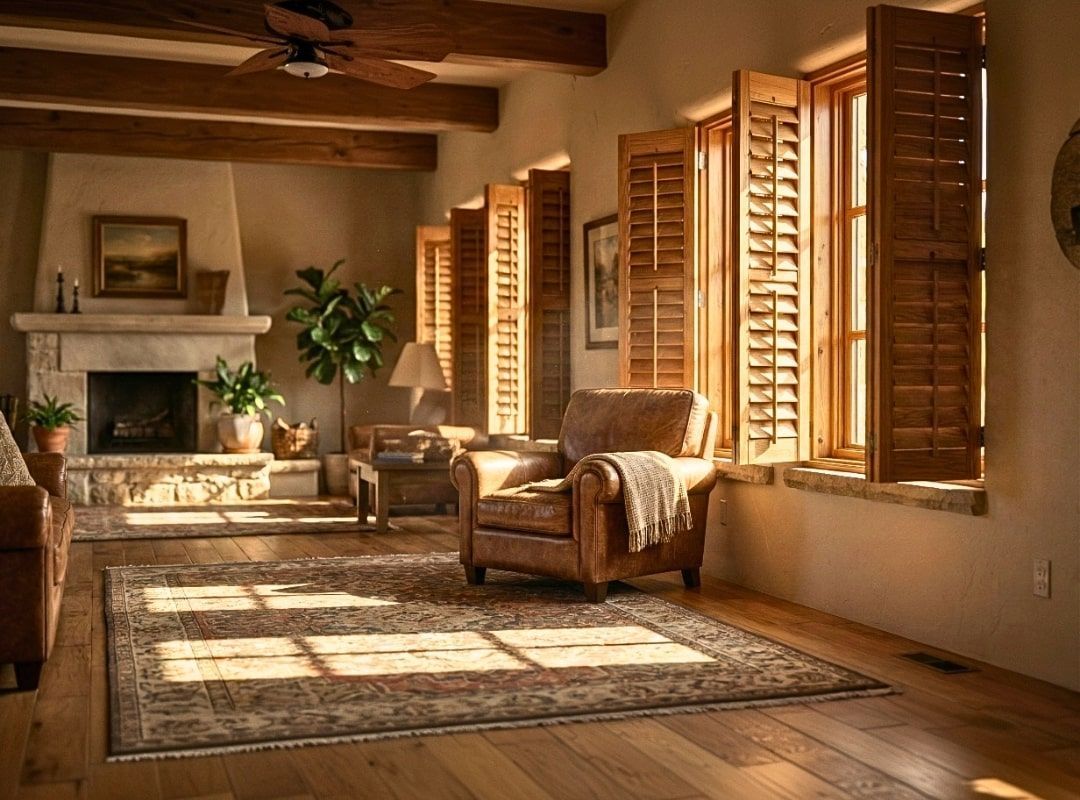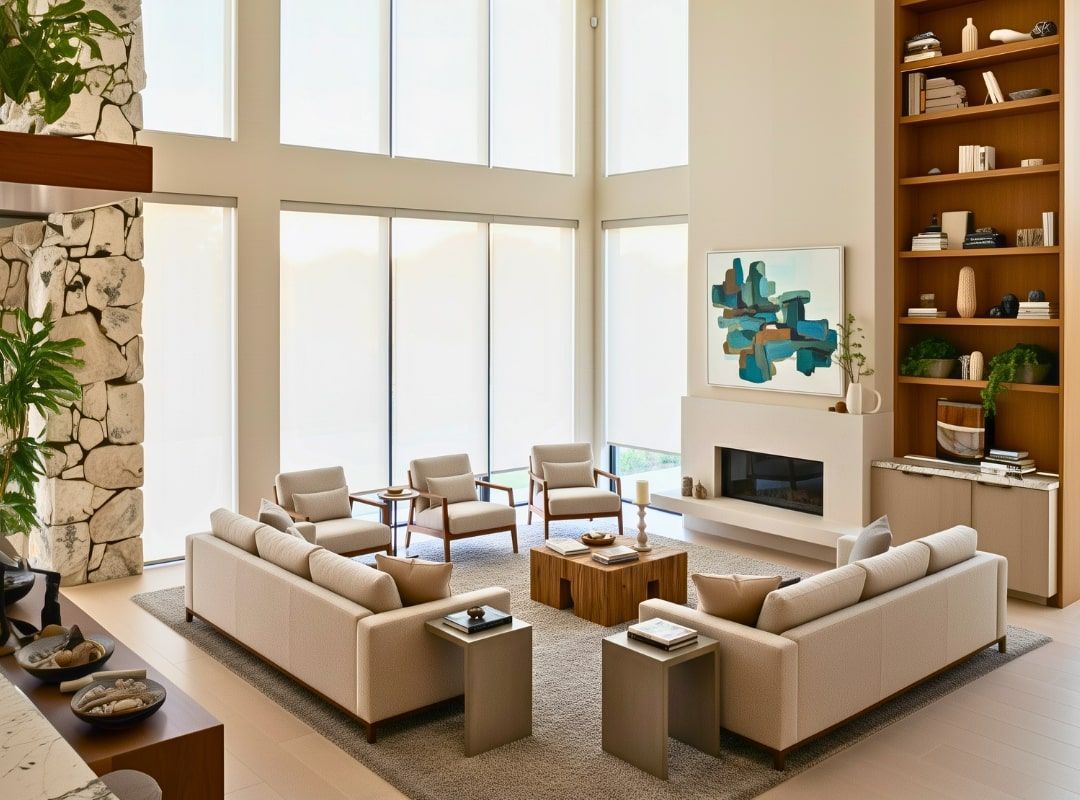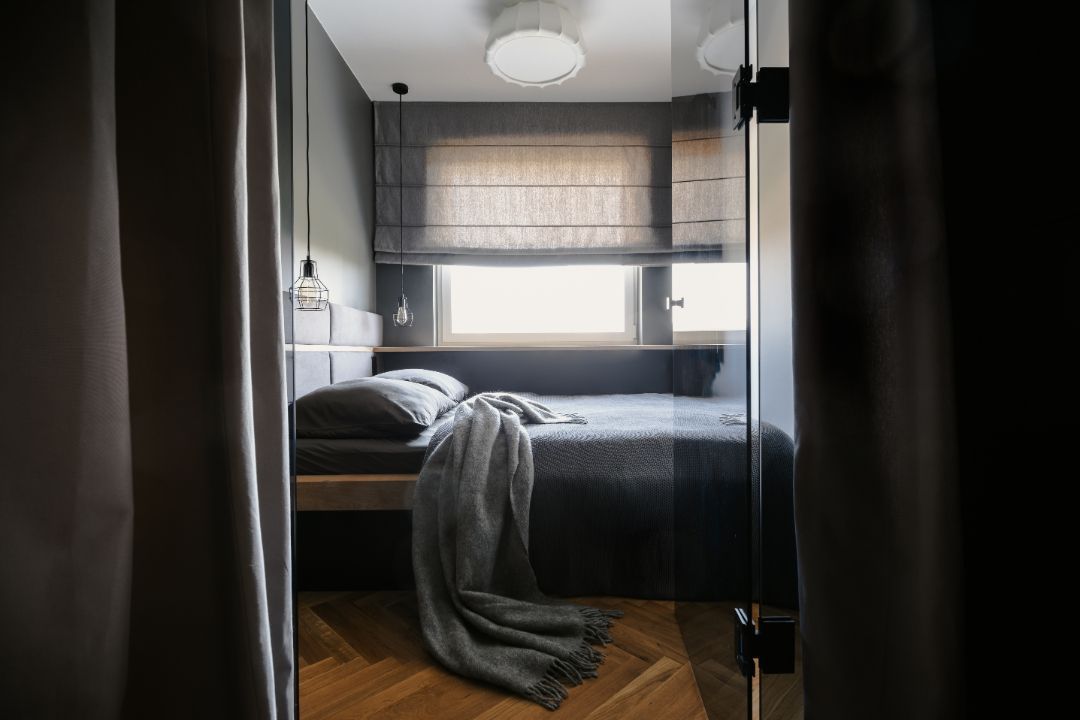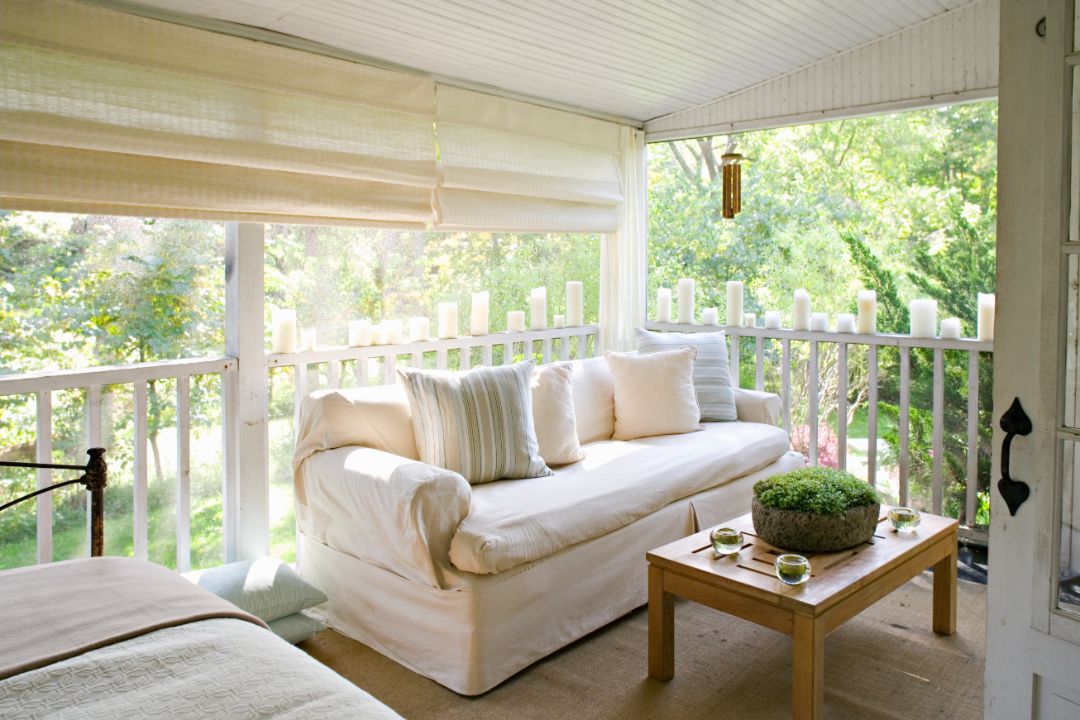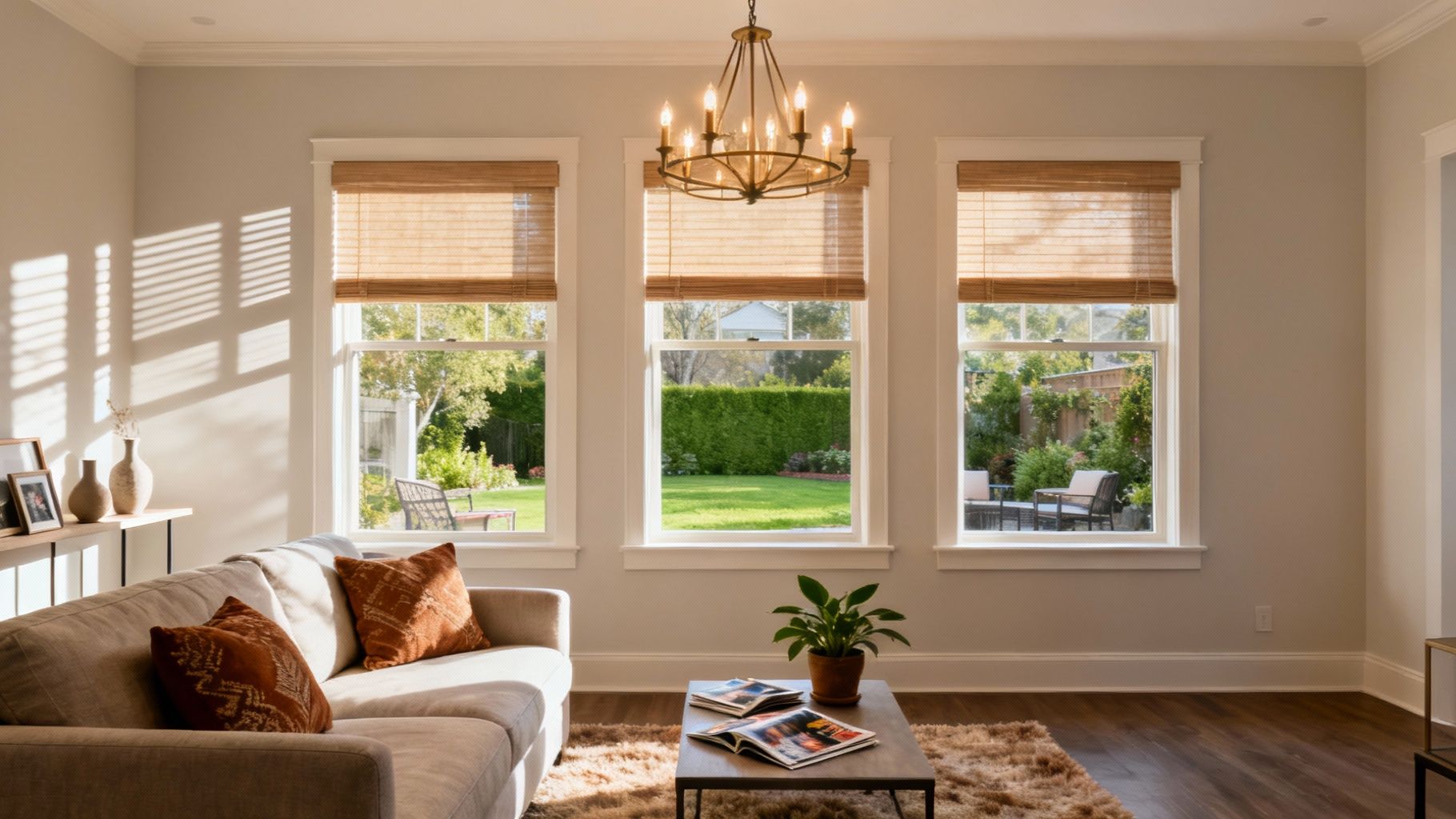How to Match Your Window Treatments to Different Home Décor Styles
TLDR;
To match your window treatments to different home décor styles, start by identifying your home’s design theme and select window coverings that align with its color palette, texture, and level of formality. Choose materials and finishes that reflect your décor style, ensuring both visual harmony and functionality for light control and privacy.
Love Is Blinds TX helps homeowners create cohesive, stylish interiors by pairing custom treatments with every décor type.
Why Matching Window Treatments to Décor Style Matters
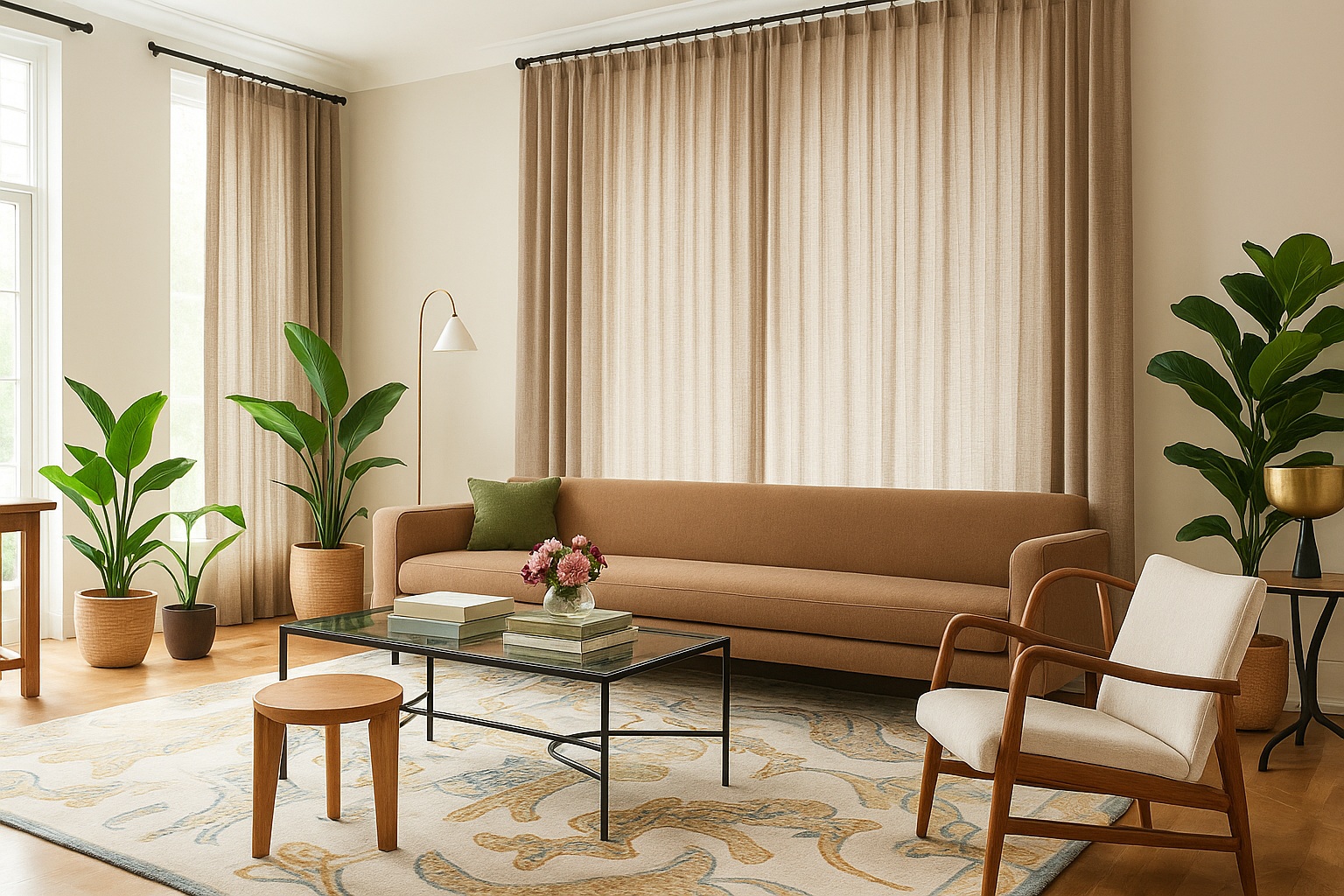
Stylish Window treatments shape how a room looks and feels. They are not just functional accessories; they define atmosphere and design balance. Matching them to your décor ensures visual flow from walls to furniture to windows.
Key reasons this matters:
- Consistency strengthens the overall aesthetic.
- Proper coordination enhances natural light and mood.
- It prevents visual conflict between fabric textures, hardware finishes, and color tones.
Window treatments connect design elements. When you choose coverings that align with décor style, you create design harmony and elevate the space’s sophistication.
Understanding Décor Styles and How They Guide Window Treatment Choices

Every décor style comes with distinct visual cues. Knowing these helps you pick the right materials, shapes, and finishes.
Modern and Minimalist
- Clean lines, uncluttered spaces, neutral color schemes.
- Best window treatments: roller shades, solar shades, or
motorized blinds.
- Choose materials like linen or sheer polyester.
- Stick with gray, white, beige, or black.
- Avoid ornate drapery; focus on sleek and simple.
Traditional and Classic
- Rich fabrics, detailed furniture, symmetry.
- Best window treatments: floor-length curtains, Roman shades, or swags.
- Choose fabrics such as velvet, brocade, or silk.
- Use layered designs: sheers under heavy drapes.
- Hardware should feature metallic or carved finishes.
Farmhouse and Rustic
- Emphasis on comfort and organic materials.
- Best window treatments:
woven wood shades, linen curtains, or plantation shutters.
- Use warm tones and natural fibers like cotton or jute.
- Layer woven textures with light linen drapery for softness.
Coastal and Beach
- Airy, light-filled rooms with organic finishes.
- Best window treatments: white sheer curtains, bamboo shades, or Roman shades in soft blues and creams.
- Use breathable materials and light-filtering fabrics.
- Keep patterns minimal and colors coastal-inspired.
Industrial and Urban Loft
- Exposed brick, metal, and concrete surfaces.
- Best window treatments: neutral roller shades or panel track blinds.
- Use materials like metal mesh or natural woven fabrics.
- Keep designs simple and mechanical for a loft-style edge.
Scandinavian and Minimal-Warm
- Bright, neutral interiors with functional design.
- Best window treatments: light linen curtains or
cellular shades.
- Stick with whites, taupes, and pale woods.
- Keep windows uncluttered for maximum natural light.
Bohemian and Eclectic
- Bold patterns, layered textures, global influences.
- Best window treatments: patterned curtains, embroidered panels, or colorful Roman shades.
- Mix textures like velvet, cotton, and rattan.
- Experiment with combinations to express individuality.
Mid-Century Modern
- Natural wood, geometric shapes, and muted tones.
- Best window treatments: flat Roman shades or tapered
blinds.
- Use fabrics like textured linen or cotton in mustard, teal, or olive.
- Keep lines crisp and proportions balanced.
Matching Window Treatment Types to Each Décor Style

When selecting window treatments, consider both design and function.
Modern and Minimalist Homes
- Use
roller shades or motorized blinds for simplicity.
- Choose solid colors that match wall tones.
- Go cordless for clean appearance and safety.
Traditional and Classic Interiors
- Layer Roman shades with drapery panels.
- Select rich materials for depth and warmth.
- Include decorative hardware such as brass rods.
Farmhouse and Rustic Spaces
- Combine woven wood shades with linen curtains.
- Stick to off-white, sand, or taupe hues.
- Shutters in stained wood enhance authenticity.
Coastal Décor Homes
- Use sheer panels or bamboo blinds.
- Stick with soft whites and sea-inspired blues.
- Motorized roller shades work for beachside homes.
Industrial Lofts
- Keep designs functional and minimal.
- Neutral roller shades or solar screens balance the space.
- Avoid frills and stick to clean, engineered aesthetics.
Scandinavian Interiors
- Combine white sheers with light wood blinds.
- Opt for linen or cotton to diffuse sunlight.
- Focus on warmth through subtle texture.
Bohemian Décor
- Choose colorful prints, macramé panels, or embroidered fabrics.
- Layer multiple textures for visual energy.
- Allow light diffusion to keep rooms inviting.
Color, Texture, and Material: The Hidden Matchmakers

Color coordination determines harmony. Select shades that complement your walls and furniture rather than compete with them.
Guidelines to follow:
- Neutral palettes suit most décor styles.
- Use color accents only when consistent with room design.
- Avoid mixing too many patterns unless designing an eclectic look.
Texture plays an equal role.
- Smooth textures like silk fit formal rooms.
- Coarse textures like linen or bamboo create a relaxed atmosphere.
- Velvet adds depth to classic or luxury designs.
Materials define both look and performance.
- Bamboo and wood add warmth.
- Sheers allow natural light.
- Blackout fabrics enhance privacy.
- Layered window treatments increase versatility.
Hardware ties it together. Choose rods, brackets, and finials that match the design mood.
- Polished chrome for modern.
- Bronze or brass for traditional.
- Natural wood for rustic interiors.
Room-by-Room Window Treatment Selection

Each room requires specific functions and aesthetics.
Living Room
- Focus on creating a focal point while maintaining natural light.
- Combine style with comfort through layered curtains or Roman shades.
- Choose materials that add warmth but allow visibility.
Bedroom
- Privacy and light control are priorities.
- Use blackout curtains or lined Roman shades.
- Motorized or cordless options improve convenience.
Kitchen
- Select durable and easy-to-clean materials.
- Faux wood blinds or roller shades resist moisture and stains.
- Light-filtering fabrics preserve brightness.
Bathroom
- Opt for moisture-resistant materials like vinyl or faux wood.
- Keep privacy high with top-down bottom-up shades.
Home Office
- Reduce glare and maintain focus.
- Solar shades or cellular blinds are practical.
- Motorized options help regulate light throughout the day.
Dining Room
- Combine elegance with formality.
- Floor-length drapes or Roman shades enhance ambience.
- Choose subtle patterns to complement dining décor.
Common Mistakes to Avoid When Matching Window Treatments to Décor

Many homeowners overlook critical factors.
Avoid these:
- Ignoring the existing color palette.
- Choosing mismatched textures.
- Overlooking hardware finishes.
- Focusing on appearance and neglecting function.
- Forgetting energy efficiency or light control.
Small details like material weight and mounting height impact balance and proportion. Professional advice ensures these align with your décor goals.
Step-by-Step Guide to Selecting Window Treatments for Your Décor Style

- Identify your primary décor style.
- Analyze your color palette and furniture finishes.
- Determine functionality needs for light and privacy.
- Choose the appropriate treatment type for your décor.
- Match textures and materials to complement your space.
- Select hardware that enhances the design.
- Ensure accurate measurement and installation.
- Add finishing touches such as layered fabrics or decorative panels.
This process ensures both beauty and performance in your final window treatment design.
Frequently Asked Questions

